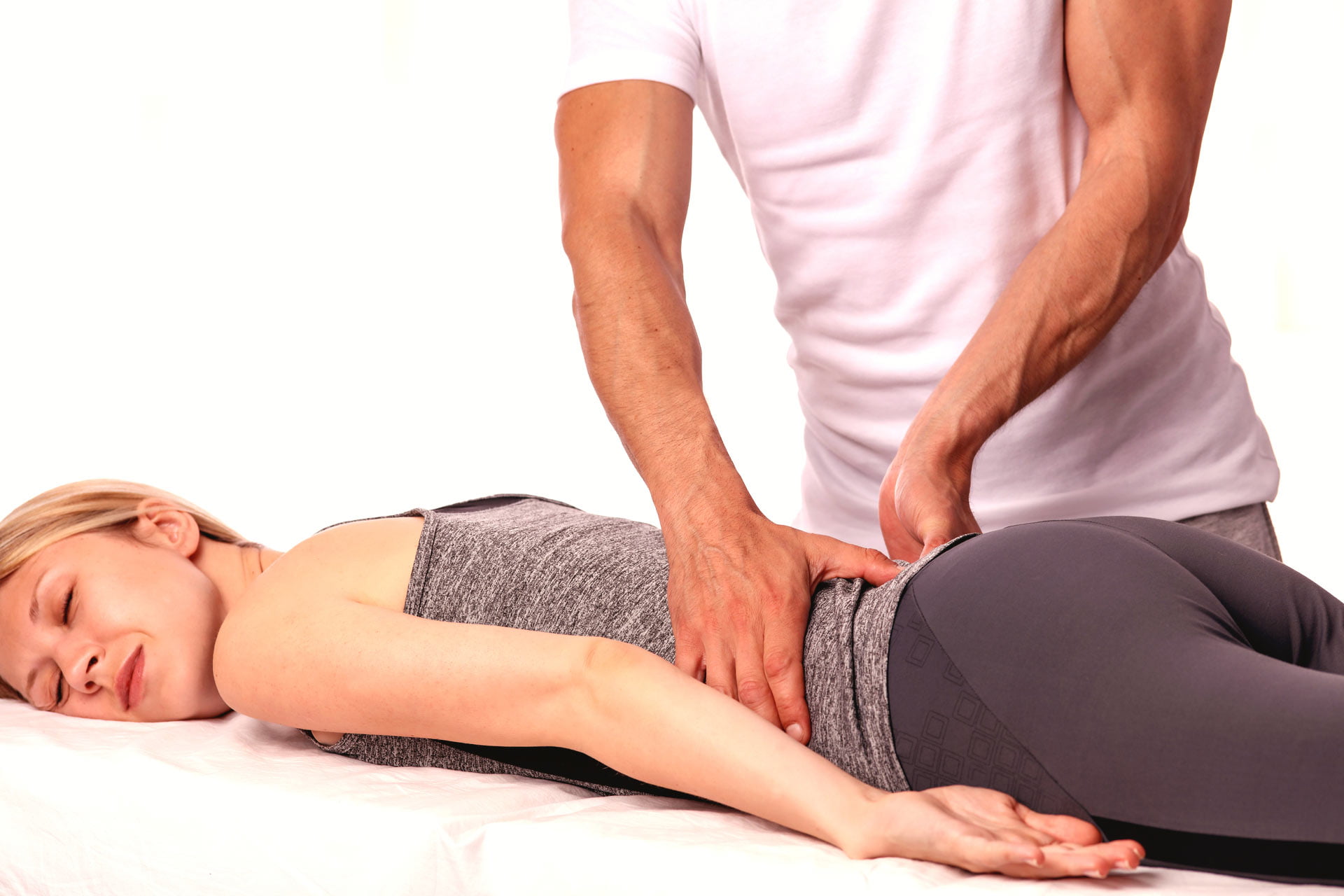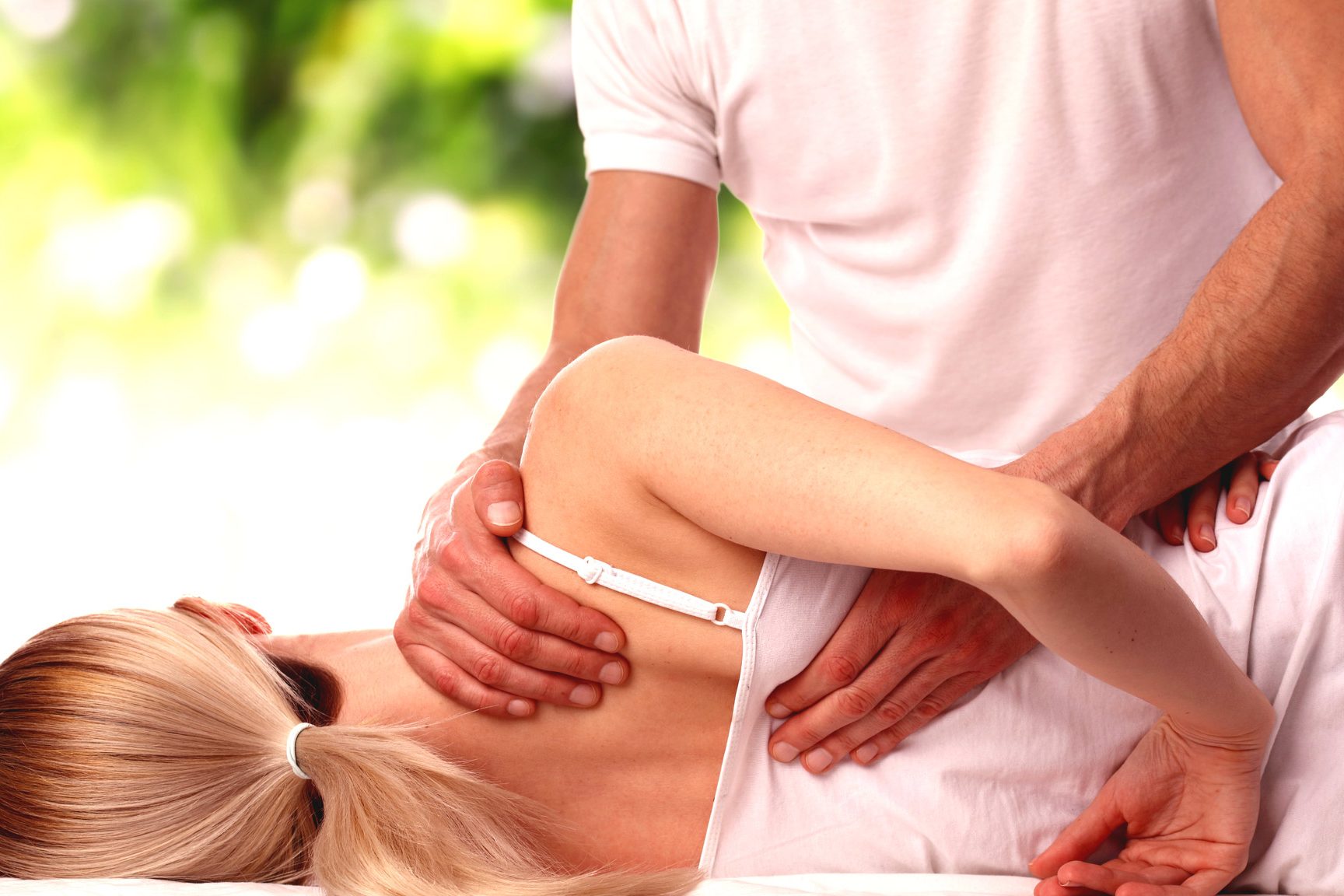Our Ballina Osteopath Treatments & Services
Don't let pain persist & continue to interfere with your quality of life
We don’t just treat injuries and pain, we assess everything from your posture and performance, to general well-being

Initial consultation & paperwork
During your first visit to our clinic we will ask you to fill in a new patient form. This may take up to several minutes, so please be sure to arrive 5-10 minutes early & with glasses, if required. Your treating practitioner will then ask you a series of questions about your presenting complaint, previous traumas, surgeries & other related questions, in the aim of devising an appropriate treatment plan for you.

More about your treatment
Treatment will take anywhere from 30-60 minutes and various techniques will be used to produce a positive outcome to dysfunctional and pain generated regions that may be present. Your osteopath may use one or several highly specific techniques during the treatment process. These techniques are outlined on our Treatments page.

How we assess
During this part of your visit your practitioner will perform some specific tests and examinations. This information provides insight into what may be causing you pain, and gives your practitioner the information needed to treat your particular complaint. Our osteopaths use their hands and various non-invasive tools to assess you. Tissue tone and texture, range of movement, the quality of movement, tenderness, and any degenerated areas that may be present, are all assessed and taken into consideration when performing treatment. If you have any questions during any phase of your treatment, please let your practitioner know. Your comfort is important to us!

What to wear
We ask our patients to please wear comfortable, non-restrictive clothing to your appointment that allows freedom of movement. Gowns and draping will also be provided and used when necessary. Attire similar to that worn at a yoga or gym class enables us to treat you in your own clothing and does not restrict movement during the treatment process.
Types of Osteopathic techniques used during treatment
This kind of treatment approach enables osteopaths to discover and treat the root cause of a person’s complaint rather than merely its superficial manifestation. All techniques are used for a specific purpose and selected by the practitioner to bring about a certain change within your body. Our techniques are outlined in the following slides...
Soft Tissue Therapy
Articulation
Muscle Energy Techniques
Functional Techniques
Counter-Strain Techniques
Spinal/Joint Manipulation
Visceral Techniques
Cranial Sacral Techniques
Pricing & appointments
Find out about our initial consultation, assessment & treatment, as well as ongoing treatment options.
The osteopathic tenents
Four main tenets act as a cornerstone to the osteopathic profession and underpin its practice:
One
The human person is a unit in which structure, function, mind and spirit are mutually and reciprocally interdependent.
Two
The body, through a complex equilibrium system, tends to be self-regulatory and self-healing, processing an inherent capacity to defend, repair and remodel itself, in the face of disease processes.
Three
Adequate function of body systems depends upon the unimpeded circulatory mechanisms, nerve impulses and neurotrophic influences.
Four
A rational treatment regime is based on this philosophy and these principles.
Why has osteopathy & alternative treatments become so popular?
We find and treat the cause of your pain, rather than provide short-lived symptomatic relief – when an individual’s body is in a dysfunctional state, their whole body is forced to compensate. Such adaptations to stress not only require more energy, but can, and often do, lead to a loss of overall function, increased wear and tear and poor mobility.
